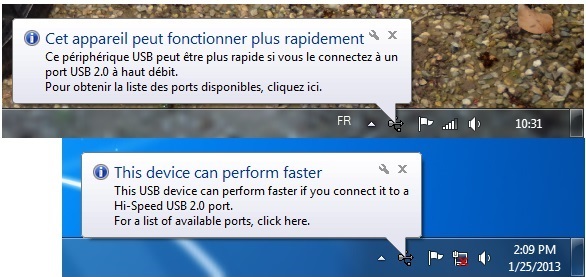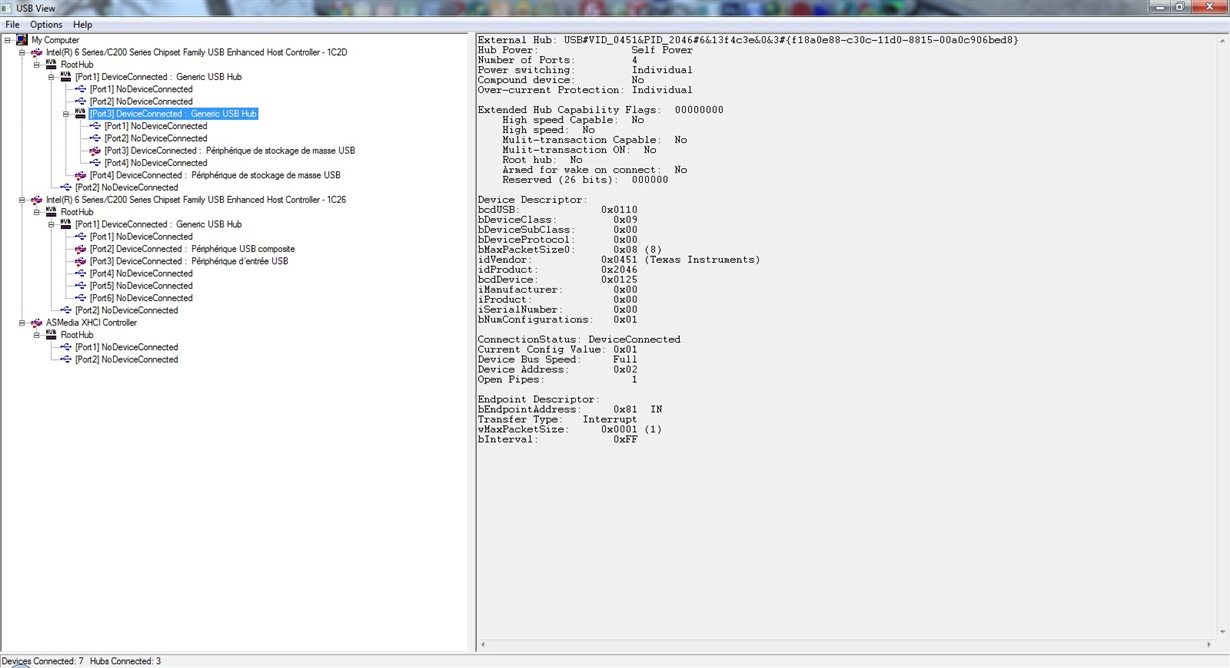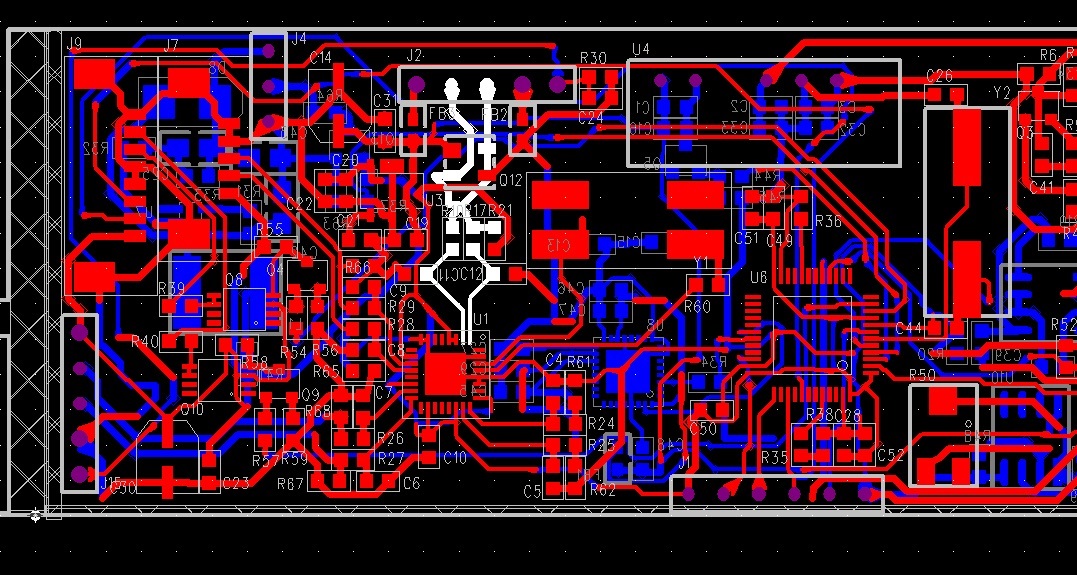Hi,
I'm making a board with the TSUB2046 in order to have a HUB USB.
You can find my schématic in PJ.
My computer recognizes the HUB, but a popup says this device can work faster. The problem is my device is recognized as a USB 1.0 (Low speed), not as a full speed.
The resistor on between DM and 3.3 is ok.
Moreover; this problem can't permit to use correctly the downstream port because I don't have so much flow on the USB. (I would like to connect a USB camera)
Have you got an idea to solve my problem?
Kind regards







